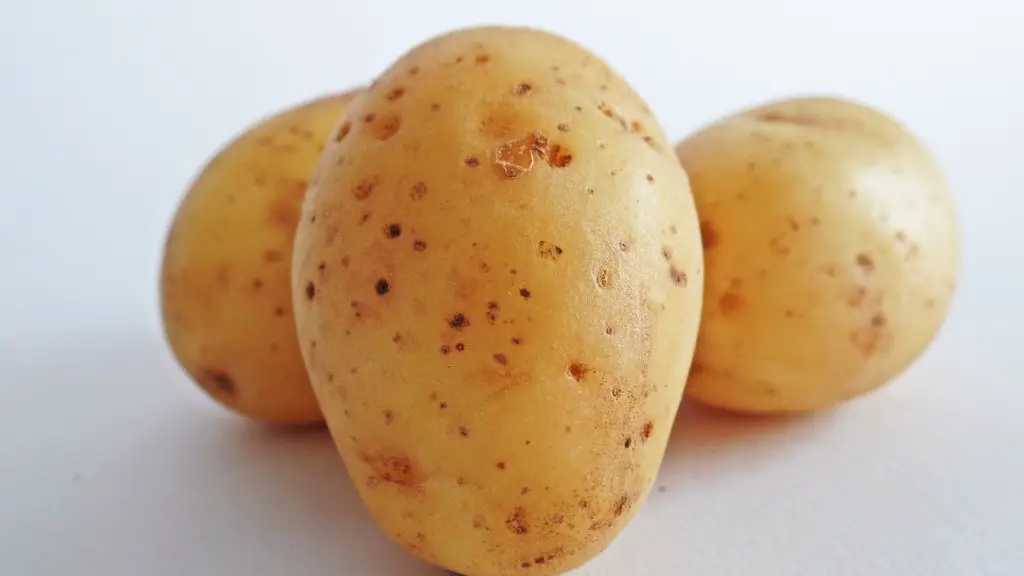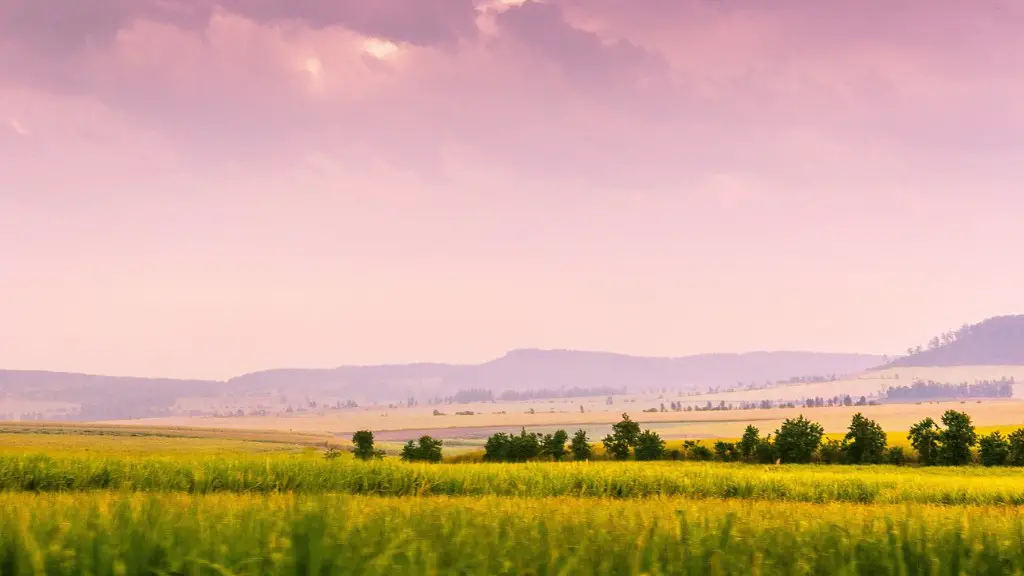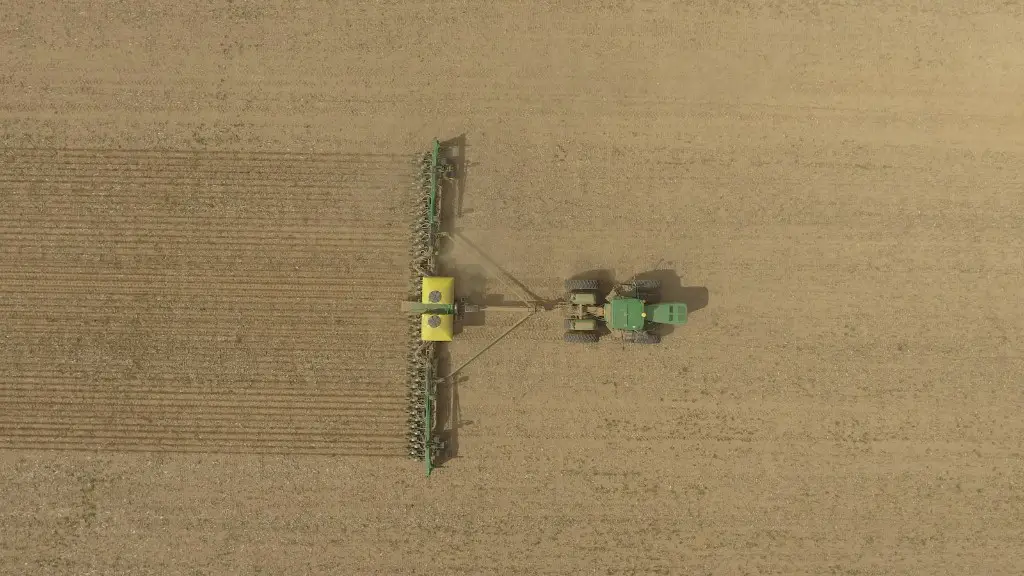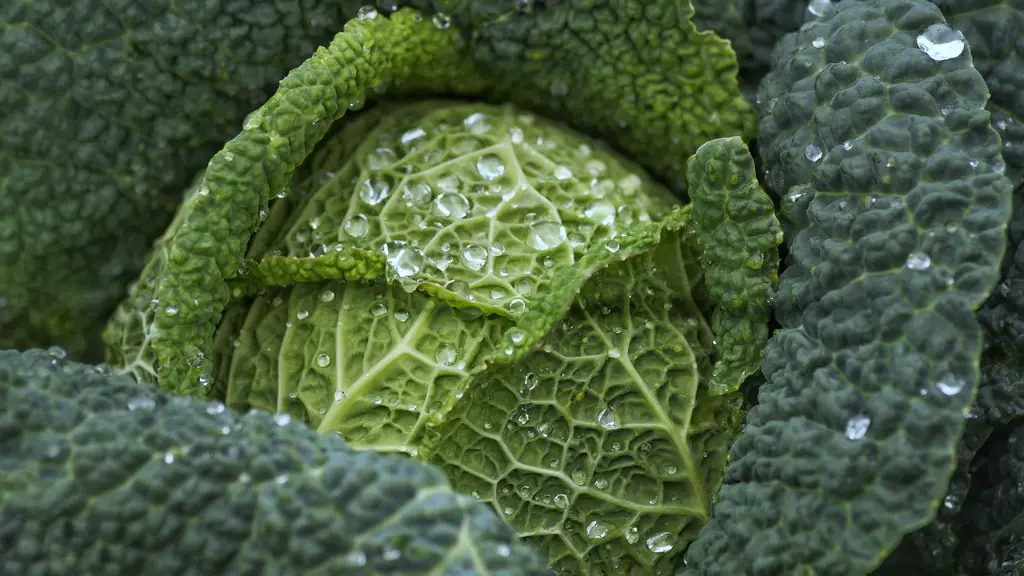Agriculture was the backbone of ancient Egyptian society and it was vitally important for a number of reasons. The hot, dry climate of Egypt meant that agriculture was a challenge and the Nile River was a vital source of water for irrigation. The Nile also provided a means of transportation for goods and people. Ancient Egyptians developed a number of innovative techniques for irrigation and crop cultivation which allowed them to thrive in the harsh conditions. Agriculture allowed the ancient Egyptians to produce a surplus of food which was essential for the growth of their civilization.
The ancient Egyptians relied heavily on the farming of the Nile River valley to provide them with the vast majority of the food they needed to survive. This made agriculture one of the most important aspects of their civilization. The annual flooding of the Nile deposited a fresh layer of silt on the farmland which made it incredibly fertile and allowed crops to grow very well. This made it possible for the Egyptians to have a surplus of food, which they could use to trade for other goods.
What was the agriculture in ancient Egypt?
The Egyptians were a agricultural people and grew a variety of crops for consumption. The main staples in their diet were cereals and barley. Other grains grown included einkorn wheat and emmer wheat, which were used to make bread. The Egyptians also grew vegetables and fruits, which were an important part of their diet.
Agricultural practices in Egypt began in the Delta Region of northern Egypt and the fertile basin known as the Faiyum in the Predynastic Period (c 6000 – c 3150 BCE), but there is evidence of agricultural use and overuse of the land dating back to 8000 BCE. The earliest evidence of agricultural practices in the Delta Region comes from the site of Merimda Beni Salama, where traces of irrigation ditches and storage pits have been found. In the Faiyum, evidence of agriculture dates back to the Neolithic Period (c 8000- c 4000 BCE) and includes the remains of irrigation canals and water storage facilities. By the Predynastic Period, both the Delta Region and the Faiyum were heavily populated and agricultural production was vital to the economy.
Over the millennia, the Ancient Egyptians perfected a number of irrigation and farming techniques which allowed them to make the most of the fertile land. The Nile River was the key to agricultural success in Egypt as it provided water for irrigation and fertilization. The river would flood annually, depositing silt on the banks which would enrich the soil. The Ancient Egyptians used a number of irrigation techniques to bring water to their crops, including basins, canals,
What was the most important crop in ancient Egypt
Grain was the most important crop to the ancient Egyptians. They used grain to make bread, porridge and beer. Grain was the first crop they grew after the inundation (flooding season).
The agriculture and food sector in Egypt is a critical part of the country’s economy, accounting for 15-20% of the GDP and employing nearly one third of the country’s working population. Egypt’s main agricultural products are wheat, beans and fruits, and the sector is a major contributor to the country’s food security. In recent years, the government has invested heavily in the sector, including in infrastructure and subsidies, to improve its competitiveness and ensure its continued contribution to the economy.
Is Egypt known for agriculture?
Agriculture is a vital part of the Egyptian economy, contributing a significant amount to the country’s gross domestic product. The agricultural sector employs a large percentage of the population, particularly in Upper Egypt, where over 55 percent of the workforce is engaged in agriculture-related activities.
Agriculture in Egypt is entirely based on irrigation. The Nile is the main source of water for irrigation, but groundwater is also used to a lesser extent. This reliance on irrigation means that the balance between water supply and demand is crucial for agriculture in Egypt. If there is not enough water available, crops will suffer. Conversely, if there is too much water, it can lead to problems such as flooding.
What are some facts about Egyptian farming?
Farming was the basis of entire Ancient Egyptian civilisation. The flooding of Nile and the fertile soil allowed them to build wealthy empire. The ancient Egyptians were amongst the first groups of people to farm on large scale, growing stable crops on regular basis.
The Neolithic Revolution was a period of time in which agro pastoralism, or the combination of agriculture and animal husbandry, began in India. This period saw the threshing of grain, the planting of crops in rows, and the storing of grain in granaries. Barley and wheat cultivation, along with the rearing of cattle, sheep and goat, was visible in Mehrgarh by 8000-6000 BCE.
Why was agriculture important to the development of civilization
Farming is one of the most important inventions in human history. It allowed people to grow all the food they needed in one place, with a much smaller group of people. This led to massive population growth, creating cities and trade. Without agriculture, none of this would have been possible.
Agriculture plays a vital role in Egypt’s economy, contributing a large percentage to the country’s GDP and providing employment for many people. The main agricultural commodities grown in Egypt include wheat, rice, maize, cotton, sugarcane, and various horticultural crops such as vegetables, fruit, and dates. Egypt’s agricultural sector is important not only for the nation’s economy but also for meeting the food needs of its large population.
What was the most important food in ancient Egypt?
Bread was the most important food in Ancient Egyptian diet and culture. It was so important that the first wish of a tomb owner from those still alive was 1,000 loaves of bread. That wish expressed the desire of the tomb owner to have enough bread to eat in the afterlife.
The four main benefits of agriculture in ancient Egypt were that it led to increased food production, permanent settlement of people, promotion of trade, and improved social status.
How much of Egypt is used for agriculture
Agricultural land in Egypt has seen a slight increase in recent years, reaching nearly four percent of the country’s total land area in 2020. This is still a relatively small amount compared to other countries, but it is a significant increase from the previous decade. The majority of agricultural land is used for crops, with the rest being used for livestock or other purposes.
The Egyptian farmer’s year was divided into three seasons: Akhet (flood), Peret (growth), and Shemu (harvest). The dominant aspect of the Akhet season was the flood of the Nile. While the flood waters were receding, the farmers ploughed their fields and planted their crops. The main crops planted during this time were barley, lentils, beans, and onions. The Peret season was a time of growth for the crops. The hot desert sun hardened the ground and the farmers had to use shadufs to transport water from the Nile to their crops. The Shemu season was the time of harvest. The farmers harvested their crops and stored them for the next year.
What technologies did the Egyptians use to improve their farming?
Ancient Egyptian farmers used a number of tools to work the soil of the Nile Delta, some of which are still in use today. These include hoes, sickles, hand plows, pitchforks, and sieves. A lesser-known tool called the shaduf was also important for irrigation.
Agriculture is important for a variety of reasons. It is the main source of raw materials for many industries, it is important to international trade, it plays a big role in a nation’s revenue, it provides employment, and it can help heal the environment. Additionally, agriculture goes hand-in-hand with war, as it is often used as a tool of warfare.
Why is agriculture important
Agriculture is the world’s largest industry and employs more than one billion people. It generates over $13 trillion dollars worth of food annually. Pasture and cropland occupy around 50 percent of the Earth’s habitable land and provide habitat and food for a multitude of species.
Mesopotamia was home to one of the most plentiful agricultural systems in the ancient world. The main types of grain that were used for agriculture were barley, wheat, millet, and emmer. Mesopotamian farmers also cultivated legumes, such as lentils and beans, and fruits, such as dates, figs, and pomegranates. The abundance of agricultural resources in Mesopotamia allowed the region to support a large population.
Conclusion
The ancient Egyptians relied heavily on the agricultural productivity of the Nile River Valley. The rich soils and predictable floods of the Nile made small-scale farming and large-scale irrigation projects possible and allowed the Egyptians to grow a wide variety of crops. The main crops grown in Ancient Egypt were wheat and barley, which were used to make bread and beer. Other crops grown in Ancient Egypt included flax, grapes, figs, dates, onions, leeks, beans, lentils, and cucumbers. Ancient Egyptian farmers also raised cattle, sheep, and goats. Agriculture was so important to the Ancient Egyptians that the god Osiris was usually depicted holding a crook and flail, which were two symbols of Egyptian kingship and agricultural power.
Agriculture was important to ancient Egypt for many reasons. It was the main source of food and other materials for the people of Egypt. Agriculture also allowed the Ancient Egyptians to trade with other civilizations and to have a surplus of goods.





